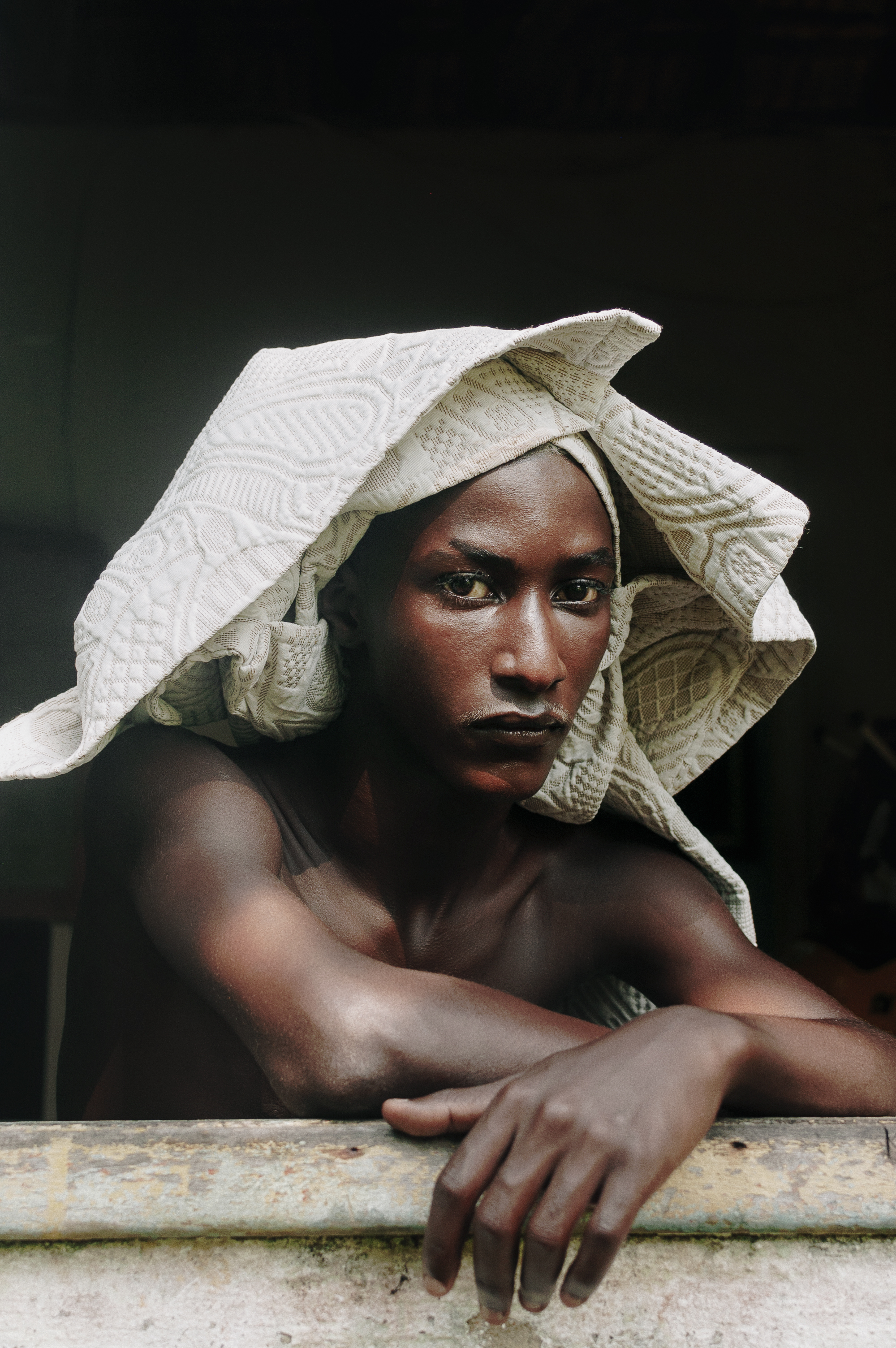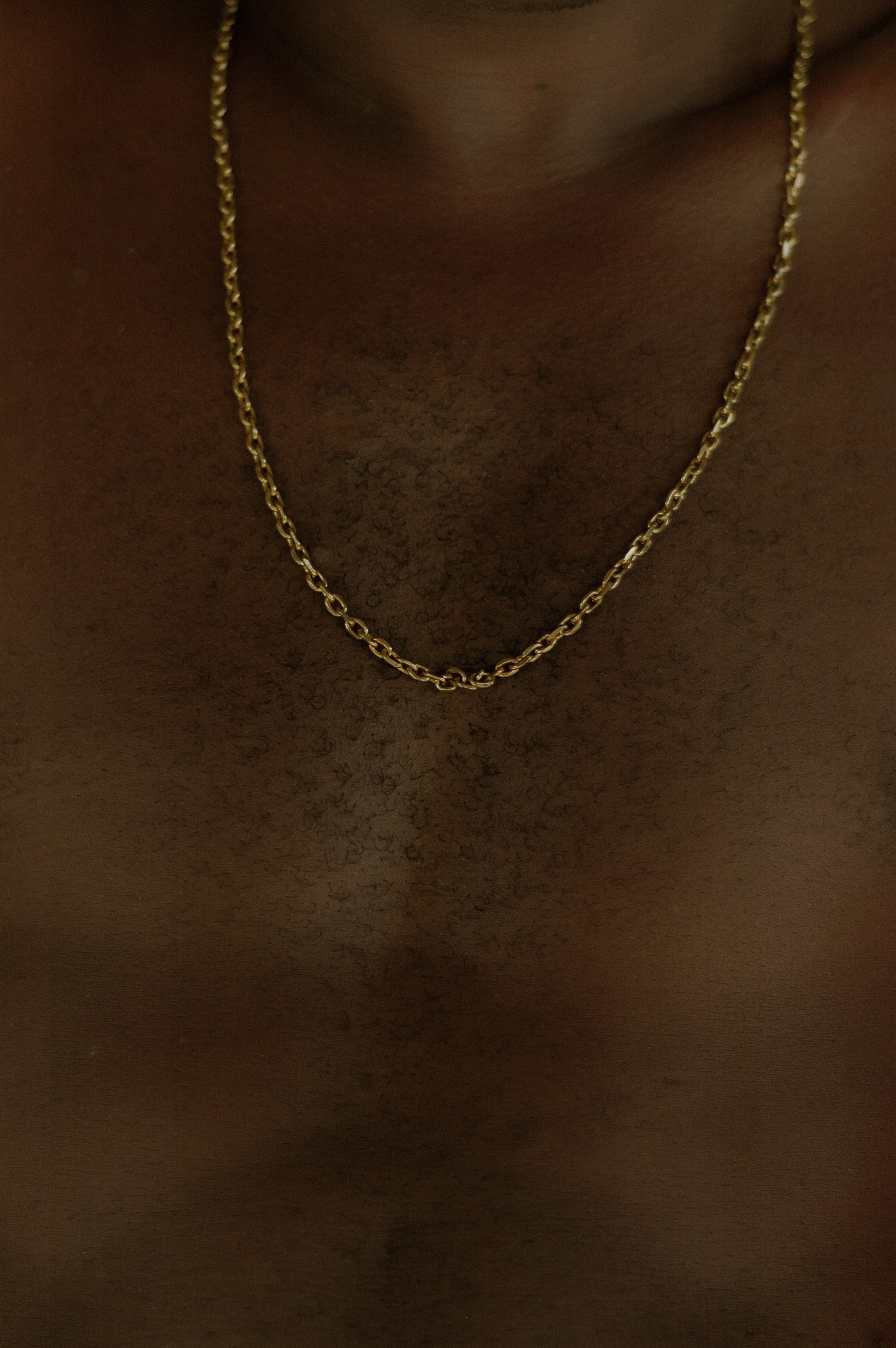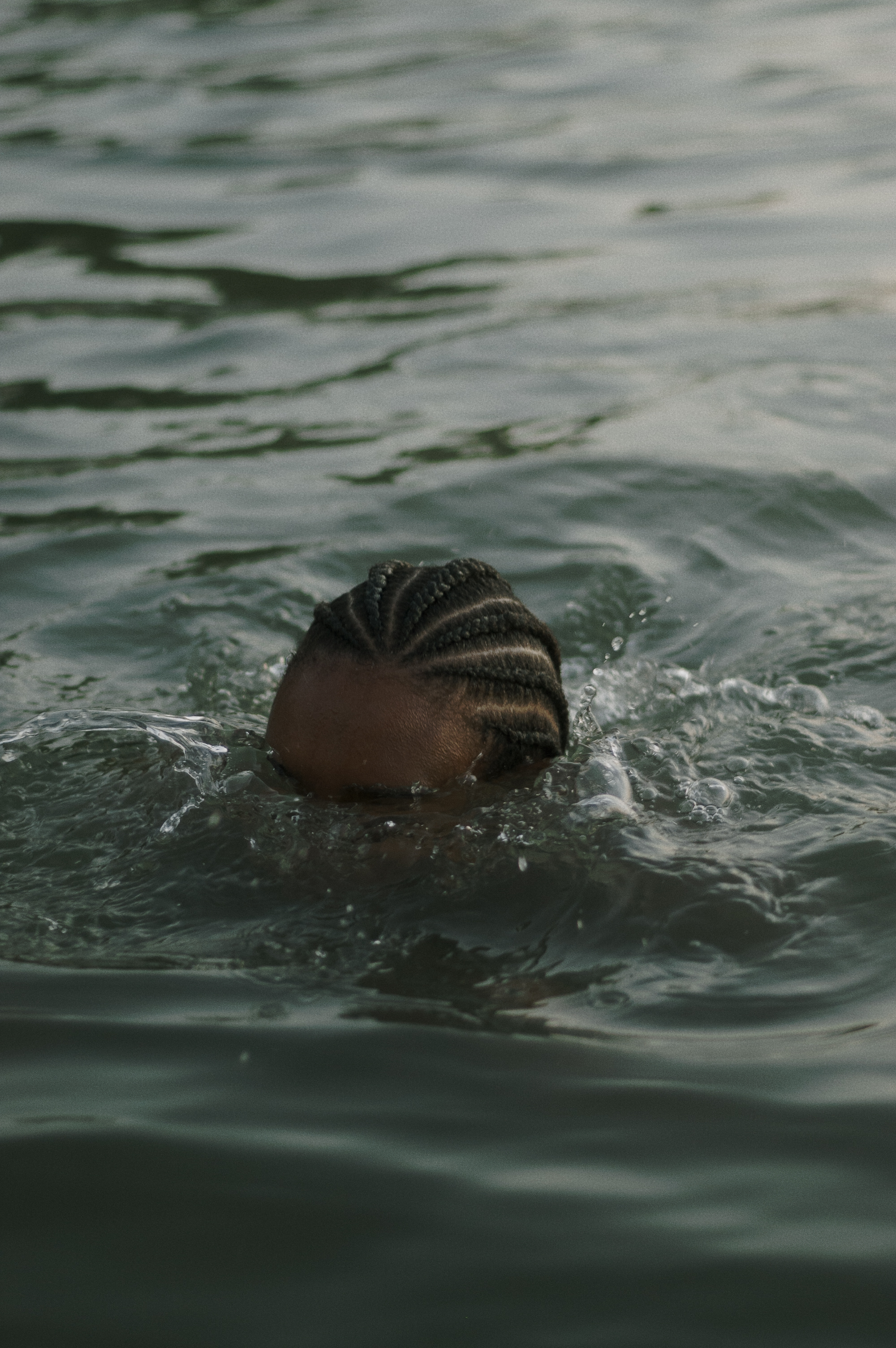Rodrigo Oliveira got his start in photography, documenting the Black LGBTQIA+ community living in the peripheries of Rio Di Janerio. His practice, rooted in tender portraiture and nuanced storytelling, is focused on empowering marginalised groups and dismantling harmful misrepresentations as a form of social resistance. Here, he tells Capture about collaboration, portraiture and why creating a sustainable practice is so important.
Where did you grow up, and how did it inform your creativity?
I grew up on the coast in Barra-de Guaratiba, in the Western Zone of Rio de Janeiro. It's part of the city's periphery and looks like a paradise lost in time. You have a view of the ocean everywhere you stand in the town. Living here is to be in a bubble, sheltered from the craziness in the city. I lived here for twenty-four years, then moved overseas and returned in 2019. I haven't left since. I have a different relationship with the town now. Growing up, I didn‘t like feeling so sheltered and away from everything, but now I value the quality of life here. It's a small community, and life is very simple. There is no danger or noise, and everyone knows each other. Rio is a harmonic chaos; there's always a lot happening, but it's very laid back here - a totally different pace. I now understand the culture of the people and know why they live their lives the way they do. I no longer feel alienated from that. I have that sense of belonging.
Right now, I'm making a lot of work here and able to look at the city from a cultural perspective. For my Capture NTF project, I've captured images from my daily life here, and I'm excited for all to see them.
Notions of territory are an essential theme in your practice. Why is this so important for you?
Territory is important to me because my elders always told me never to be ashamed of where we come from and how hard it took to get where we wanted in life. My family have lived in Barra-de Guaratiba for generations. When the enslaved people were freed in 1888, they could fence and claim their territory, which is what my whole family did. They continued to live around the hillside.
My work is also influenced by the divisions that the city of Rio has. It's divided into separate geographical zones (West, North, South and Centre), which also determines the culture and costumes of people in these specific areas. I spent a lot of time transiting between these different areas.
It is a time when reaffirmation that our lives matter is strongly needed.










